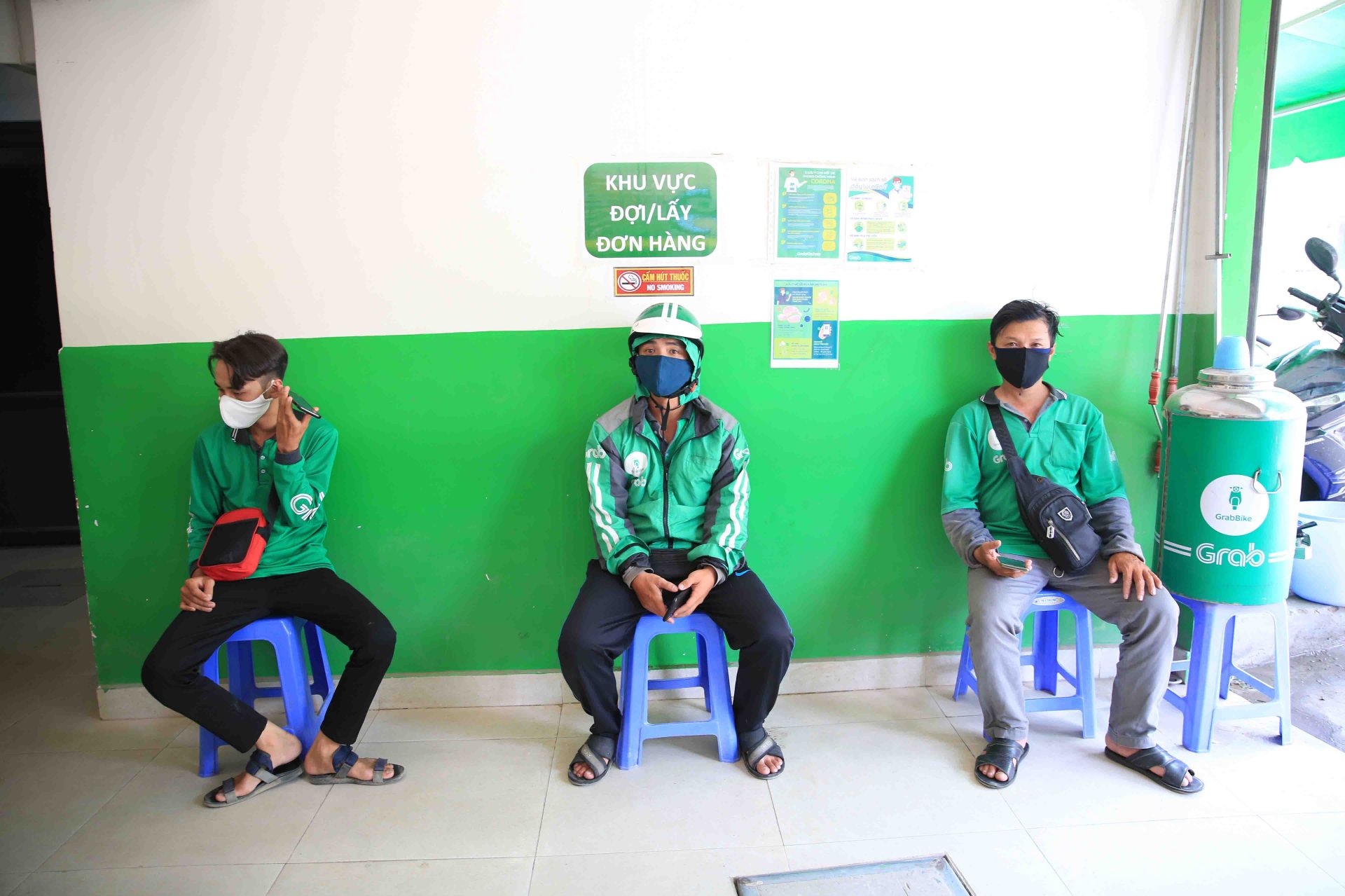HCMC – The recovery of a 43-year-old British pilot, Vietnam’s last Covid-19 patient in intensive care, marks a turning point in the fight against the virus. The 91st Covid-19 patient in the country has spent over 100 days at HCMC Hospital for Tropical Diseases and Cho Ray Hospital. The length of his stay reflects the determination of doctors not to allow him to become Vietnam’s first Covid-19 death. He’ll be headed home on July 12.
The patient, who at one point was given a 10% chance of survival, told the BBC that he was “grateful for the bloody-mindedness of the doctors in not wanting me to die on their watch.”
Vietnam had 355 cases of coronavirus, 335 recoveries, and zero deaths. The country has received much positive press for these results. A YouGov survey shows that public approval of Vietnam’s Covid-19 response is higher than that for any other country in the world. (Taiwan and Malaysia are tied for second place.)
The Government began preparing in early January in response to the first two Covid-19 deaths in Wuhan. The first two Vietnamese cases were admitted to Cho Ray on January 23. At that time, the country was closed for Tet, Vietnam’s most popular holiday. When the holiday ended a week later, the nation’s schools were kept closed to avoid further virus transmission.
One of the more amusing coronavirus stories began when a flight from Daegu that included 20 Korean tourists arrived in Danang on February 24. The flight was sent back the next day, but not before the passengers were quarantined at a local hospital and later at a hotel.
The Koreans complained about the food and treatment they received in a broadcast on the Korean station YTN. Outraged Vietnamese Twitter users responded with #KoreansStopLying. These users had much to say in defense of the banh mi that the Koreans had called “trash.” Many tasty-looking pictures of this sandwich were uploaded.
The Government sent tens of thousands into quarantine camps, especially in the northern provinces where many residents travel to China for work. Covid-19 cases peaked on March 22 when 19 patients tested positive. A 14-day quarantine were imposed on those entering the county. International flights were suspended from March 25.
HCMC ordered bars and restaurants closed on March 24. On April 1, this was expanded into a nationwide lockdown. HCMC, usually filled with the roar of motorcycle engines, fell silent for weeks. Prime Minister Nguyen Xuan Phuc called the coronavirus campaign the “spring general offensive of 2020,” a Vietnam War reference.
On the propaganda front, the Health Ministry was busy. Pop stars Min and Erik taught the country the right way to wash its hands in their music video “Jealous Coronavirus.” The song even got play internationally. Posters were put up to tell Vietnamese to “wear a mask properly to avoid coronavirus.”
For all its intensity, it is not clear how many lives Hanoi’s campaign against the virus might have saved. The states that border Vietnam can boast similar results. Neither Laos nor Cambodia reported any Covid-19 deaths. Yunnan and Guangxi, the Chinese border provinces, had two deaths apiece.
Other factors that help explain why the virus bypassed Vietnam include the country’s median age of just 30, with only 12% of the population over 60.
Coronaviruses are known to be sensitive to heat and to ultraviolet radiation. The level of solar radiation in Vietnam is notoriously high. Hanoi has a March average UV index of 10, compared to 4 for Covid-19 hotspot New York City. In Wuhan, cases peaked in early February when the UV index was 5. From February to October, the sun hammers HCMC daily with an index of 12. An index of 4 is considered “medium,” 10 is “very high,” and 12 is “extreme.”
By international standards, Vietnam’s response to Covid-19 was early and drastic. The opposite end of the spectrum is represented by Sweden, which did not have a lockdown or even close its schools. While there is something to be said for keeping a country’s economy and education system running, Sweden did suffer 5,280 Covid-19 deaths. The question of which approach produces the best result will no doubt be the subject of research and continued public interest.











